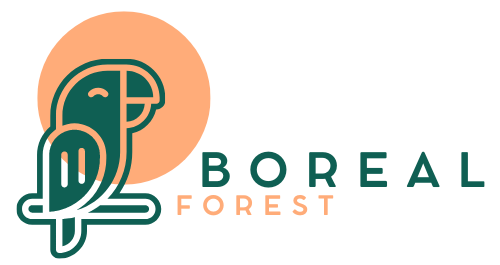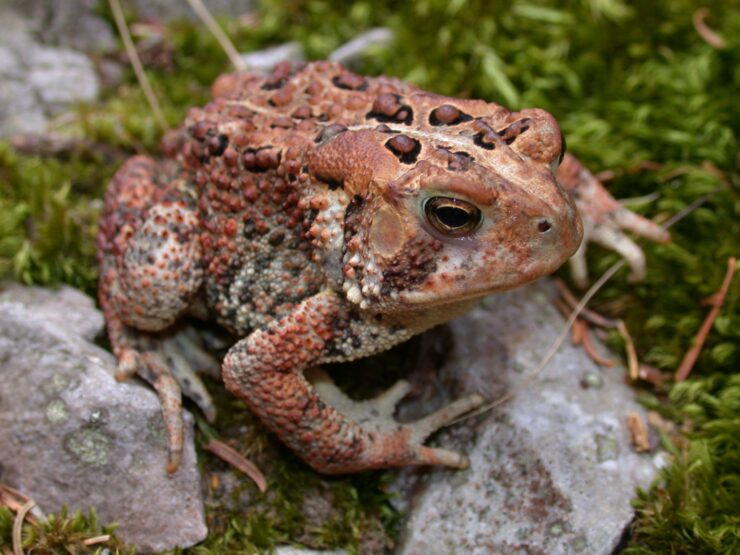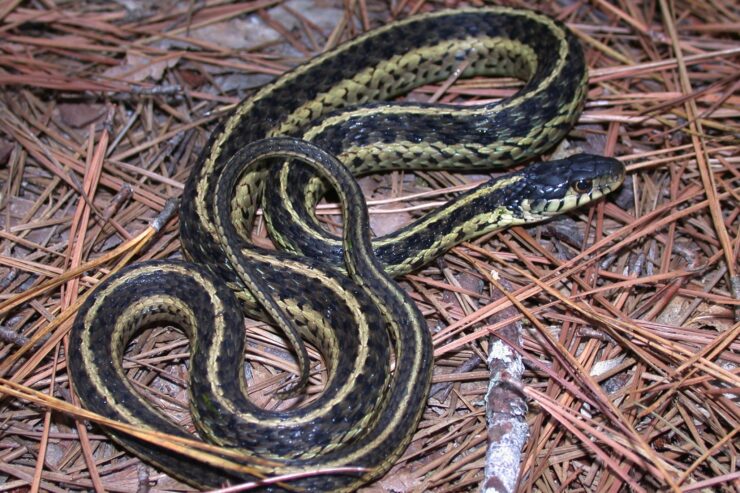Eurasian Red Squirrel
Distinguishing Features – Sciurus vulgaris is considered to be one of the most physically variable mammals of the palearctic region, at least in physical appearance. The coat color of these squirrels varies from light-red to black on their heads and backs, and all, except those that have black coats, have white fur on their stomachs. … Read more










